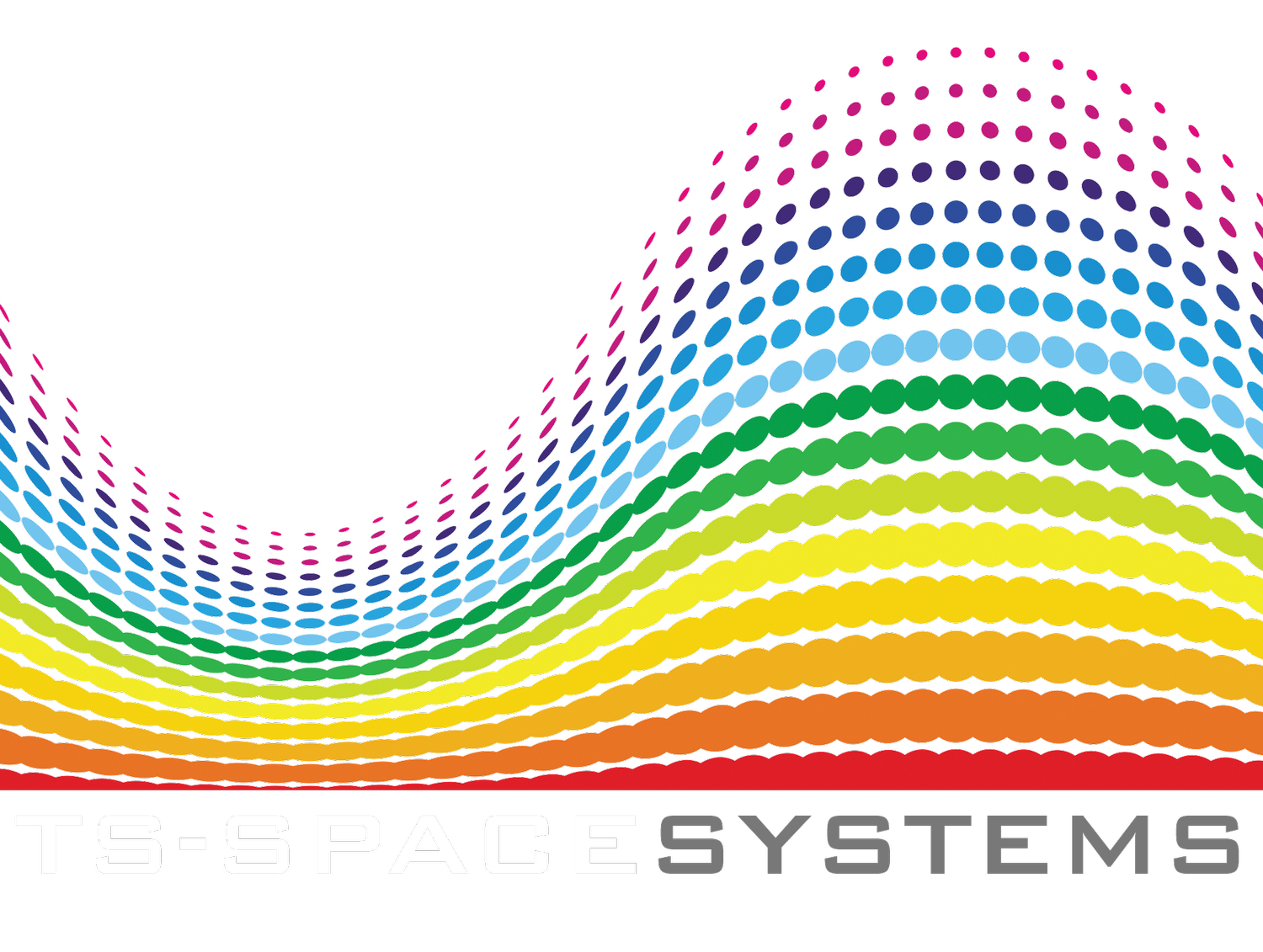What is a Solar Simulator Zone?
At TS-Space Systems, when we made the worlds first multi-source close match solar simulator back in 1997 [2], we also made the world's first multi zone solar simulator by definition. What is a "zone" when it comes to solar simulators? It's a good question and one we get asked quite a lot of the time.
Modern multi-source solar simulators follow a general pattern of combining an arc lamp (traditionally Xenon) with one or more incandescent lamps. At TS-Space Systems we've lead the way by adopting Metal Halide arc lamps for our latest range of solar simulators which are cheaper and much more stable than Xenon sources without using feedback controllers.
But where our solar simulators really excel is their division of the spectrum into independently controllable wavebands. We call these spectral "zones". As an example, the measured spectrum of a TS-Space Systems Unisim, quad-source (four zone) solar simulator is shown to the left.
The intensity of each "zone" can be adjusted independently in a TS-Space Systems Unisim solar simulator. Being able to adjust discrete portions of the spectrum while a device is under test allows for specific sub-cells to be limited or saturated with their appropriate wavelength of light. Thus the behaviour and characteristcs of the device can be fully investigated.
A further distincition can therefore be drawn between advanced solar simulators which provide a close-match and those which not only provide a close-match, but divide the spectrum into controllable "zones" which are suited to the spectral response of each band gap within the solar cell.
What happens when you need more than four "zones"? That's where our Unisim N-Zone comes in.
Spectral irradiance comparison between AM0 standard (ASTM E-490) and TS-Space Unisim: (a) irradiance from each of four lamps indicated by “zone” numbers and vertical blue markers indicate band gaps of typical IMM four junction solar cell; (b) percent of total irradiance for each of six wavelength regions as specified by IEC 60904-9.[1]
[1] Montgomery, Kyle H.; Wilt, David M.; Howard, Alex; Williams, Bill; Williams, Bill; , "Characterization of a TS-Space quad-source solar simulator," Photovoltaic Specialists Conference (PVSC), 2012 38th IEEE , vol., no., pp.001517-001522, 3-8 June 2012
[2] Wilkinson, V. A.; Goodbody, C.; Williams, W. G., "Measurement of multijunction cells under close-match conditions," Photovoltaic Specialists Conference, 1997., Conference Record of the Twenty-Sixth IEEE , vol., no., pp.947,950, 29 Sep-3 Oct 1997
doi: 10.1109/PVSC.1997.654244

